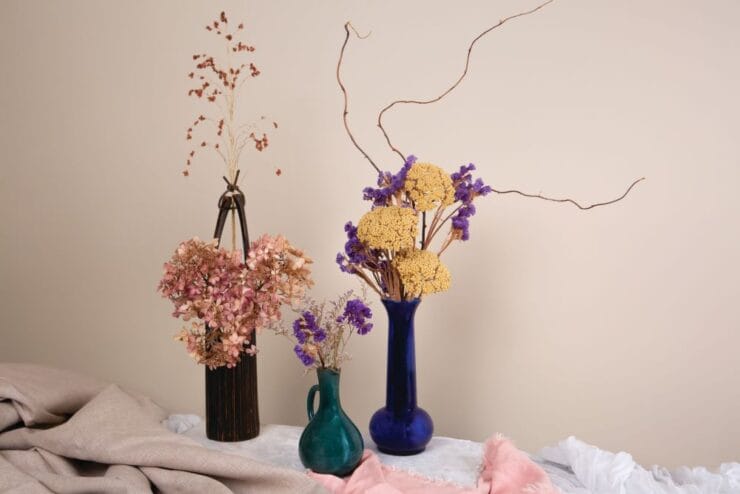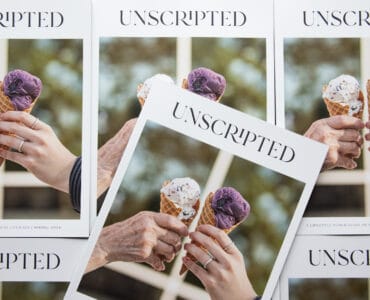When Messiah Village resident Ruth Zook and her husband were missionaries in Japan for many years, Ruth took Japanese-style flower arranging classes to explore elements of the culture hands-on. The art of Ikebana has since become a long-time hobby of hers, as she experimentally creates new arrangements with fresh flowers from her garden plot in the spring and summer, and even dried flowers in the cooler months.
CREATING WITH IKEBANA
ASYMMETRICAL
Use an informal balance that is not symmetrical.
VASE
Choose a unique vase that compliments the arrangement in color and size.
ELEMENTS
Use up to three different elements, such as stems, flowers, or leaves.
SETTING
Position your arrangement in a location with a neutral, complementary background that doesn’t overpower.
ODD NUMBER
Use an odd number of elements when possible—three is the most common.
SPACE
Allow empty space and breathing room to exist between elements.
Click here to read the full digital version of Unscripted, Fall 2023.





